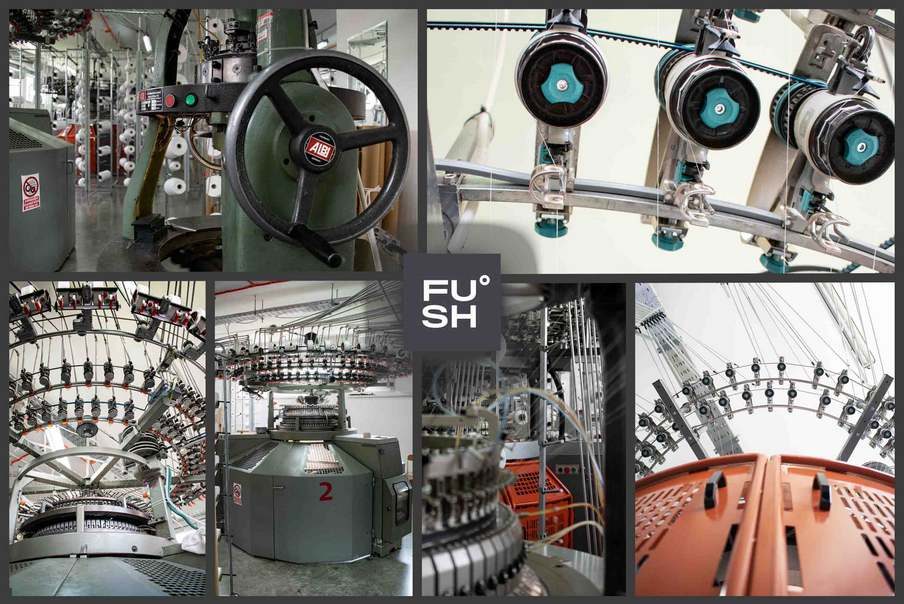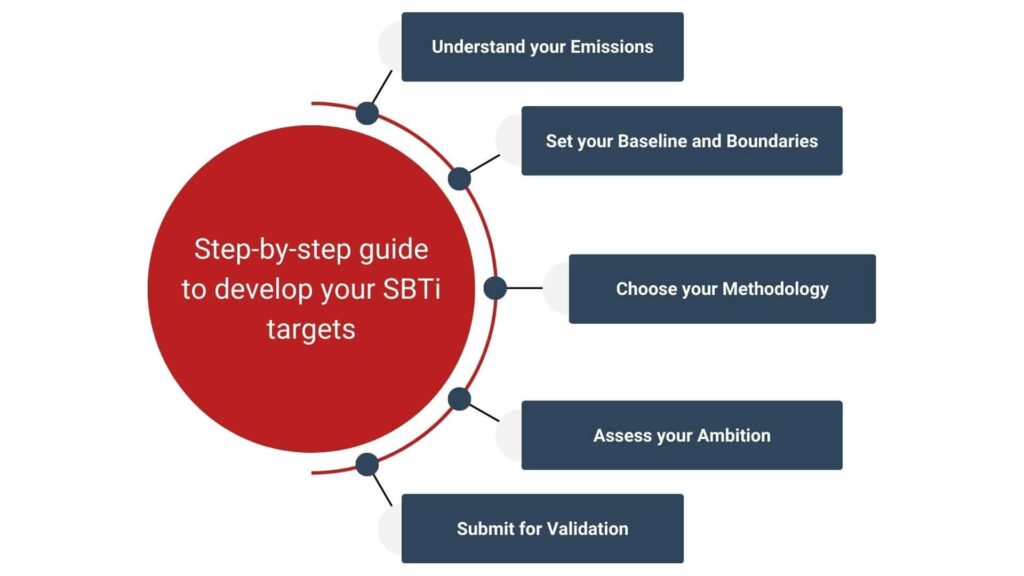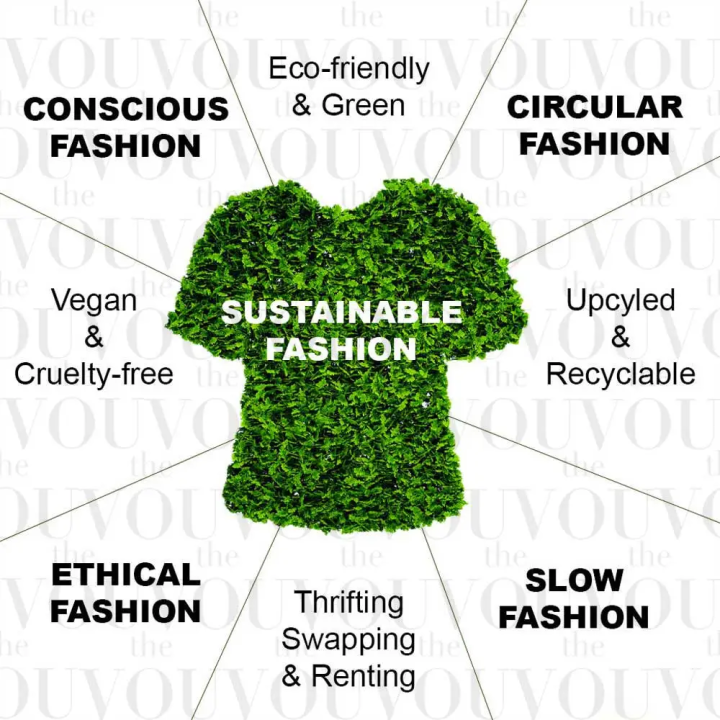1. Scientific selection of functional fabrics Argument: Fabric performance determines the core competitiveness of products Argument: The rebound rate of blended fabrics containing 18% elastic fibers is 43% better than that of pure polyester (Textile Research Journal) Warp knitted structure increases drying speed by 60% (AATCC test data) 2. Ergonomic pattern design Argument: Three-dimensional tailoring technology optimizes freedom of movement Argument: Shorts with curved crotch design reduce swimming resistance by 27% (Sports Engineering research) Dynamic pressure test shows that the segmented structure design improves comfort score by 82% (Wearable Technology Report) 3. Technological breakthroughs in digital printing Argument: High-precision printing improves product premium ability Argument: 1200dpi sublimation printing has a […]
カテゴリーアーカイブ: Blog
1. Vertical integration: the first line of defense for quality control Argument: Full-process independent production eliminates third-party quality fluctuations Argument: 100% in-house production makes the product qualification rate reach 99.3% (FUSH˚2024 quality inspection report) Compared with the outsourcing model, the response speed of production problems is increased by 80% (Textile Manufacturing Benchmark) 2. Orox Flexo C800 cutting system: a precision revolution Argument: CNC cutting technology reshapes cutting standards Argument: ±0.3mm cutting accuracy, 95% less error than traditional manual cutting (Orox Technology White Paper) A single-day processing volume of 5,000 pieces, an efficiency increase of 7 times (FUSH˚ production log) 3. Lamination breakthrough of fabric spreading machine Argument: Özbilim Orox P4 […]
1. The direct correlation between quality and reputation Argument: Clothing quality defects are the primary reason for bad reviews Argument: 73% of bad clothing reviews are due to “quality problems such as thread opening/deformation” (Trustpilot 2023 Industry Report) The repurchase rate of new brands using ethical manufacturers is 3.2 times higher than that of fast fashion OEMs (McKinsey Fashion Industry Research 2024) 2. The vicious cycle of low-price trap Argument: Low-cost manufacturing will inevitably lead to quality compromise Argument: For orders with a unit price 30% lower than the industry average, the defective rate is 4-7 times higher (Textile Quality Journal 2023) Fast fashion OEM factory workers handle an average […]
1. Circular knitting machine: an efficiency revolution in textile manufacturing Argument: Circular knitting machines significantly improve fabric production efficiency Argument: A single FUSH˚ circular knitting machine can produce 23 kg of interlocking fabric in 8 hours, which is three times more efficient than a traditional flat knitting machine (Textile World Report 2023) 5,000-needle synchronous knitting technology increases production by 45% while reducing energy consumption by 15% (International Journal of Clothing Science 2022) 2. Precision mechanical structure analysis Argument: Multiple components work together to achieve high-quality knitting Argument: The positive feeding device ensures that the yarn tension error is controlled within the range of ±0.5cN (FUSH˚ production data 2024) The yarn […]
1. Nearshoring: Speed and reliability reshape the supply chain Argument: Nearshoring in Europe significantly shortens delivery cycles and improves supply chain resilience. Argument: The average delivery time for European manufacturers is only 2-4 days, while it takes several months in Asia (McKinsey, 2023). 80% of European brands turn to nearshore sourcing due to the post-epidemic logistics crisis (EU Textile Report, 2024). 2. SMETA Audit: Legal Threshold for Social Responsibility Argument: SMETA’s four pillars audit ensure that the supply chain complies with international labor standards. Argument: 4-pillar SMETA covers labor, health and safety, environment and business ethics, and requires 12 types of documents such as wastewater treatment contracts (Sedex, 2023). The […]
1. The pollution problem of the traditional textile industry needs to be solved urgently Argument: Traditional polyester and cotton production causes great damage to the environment. Argument: Polyester fiber relies on petroleum extraction, and each ton of production emits 5.5 tons of CO₂ (Textile Exchange, 2023). Traditional cotton cultivation accounts for 16% of global pesticide use and seriously pollutes water and soil (WHO, 2022). 2. Recycled polyester significantly reduces carbon footprint Argument: Recycled polyester reduces resource dependence and pollution. Argument: Compared with virgin polyester, recycled polyester reduces energy consumption by 59% (GRS report, 2023). Each ton of recycled polyester reduces carbon emissions by 20.7% and utilizes discarded plastic bottles (Ellen […]
Circular Knitting Machines: Core Technology for Efficient and Sustainable Manufacturing in the Textile Industry Abstract In the textile manufacturing industry, Core Technology for Efficient and Sustainable Manufacturing in the Textile Industry Circular Knitting Machines are core equipment for fabric production, which directly affects product quality, production efficiency and sustainability. As a vertically integrated clothing manufacturer, FUSH˚ not only produces ready-made garments, but also manufactures fabrics independently to ensure the controllability and environmental standards of the supply chain. This article will take a deep look at the working principle of circular knitting machines, how to maintain them, the types of fabrics they can produce, and how they can help brands achieve […]
How can solar energy help brands achieve supply chain emission reduction? Comparison of power structure in global textile manufacturing Country Main power source (percentage) Carbon emissions per kilowatt-hour (gCO₂/kWh) China Coal (65%) 600-800 India Coal (75%) 700-900 Bangladesh Natural gas (63%) 400-500 Serbia Coal (70%) 500-700 Solar energy No fuel emissions 0 (operation phase) FUSH˚ solar factory practice How can solar energy help brands achieve supply chain emission reduction? Three steps to achieve zero-carbon electricity Rooftop photovoltaic system 100kW panels installed on 3,000㎡ rooftop to meet 80kW peak load, surplus power storage/grid connection. Hybrid inverter + energy storage Switch to battery power supply on cloudy days to reduce grid dependence. […]
1. Fighting microplastic pollution: Choose environmentally friendly fabrics Argument: Synthetic fibers (such as polyester) are the main materials of sportswear, The Ultimate Guide to Creating an Ethical Sportswear Brand but they release microplastics and harm the marine ecology. Argument: Studies have shown that washing synthetic clothing releases a large amount of microplastics, which affects the growth and reproduction of marine life (Nature journal). Solution: Promote microplastic filters (such as PlanetCare, Filtrol), or switch to Merino wool (excellent moisture wicking performance and biodegradable). RWS certified Merino wool ensures animal welfare and avoids inhumane practices such as tail cutting. 2. Nearshore outsourcing: Reduce carbon footprint Argument: Choosing suppliers close to the target […]
1. Material Revolution: Scientific Choice from Organic Cotton to Recycled Polyester How to create a truly sustainable clothing brand Core Argument: Fabric Selection Determines 80% of a Brand’s Environmental Footprint (Textile Exchange Life Cycle Assessment) Arguments and Implementation Plan: Organic Cotton Standard: GOTS certification requires 95% organic content to be labeled “organic” (25% stricter than EU organic standards) Indian Organic Cotton Project Proves: Pesticide Use Reduced by 100% While Farmers’ Income Increased by 32% (OTA Case Study) Recycled Polyester Innovation: 5.7 tons of CO₂ emissions are reduced per ton of rPET (equivalent to a car driving half a circle around the equator) Adidas has recycled 30 million plastic bottles through […]










